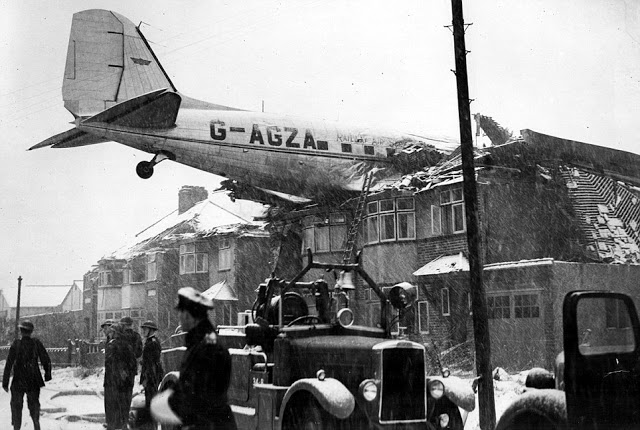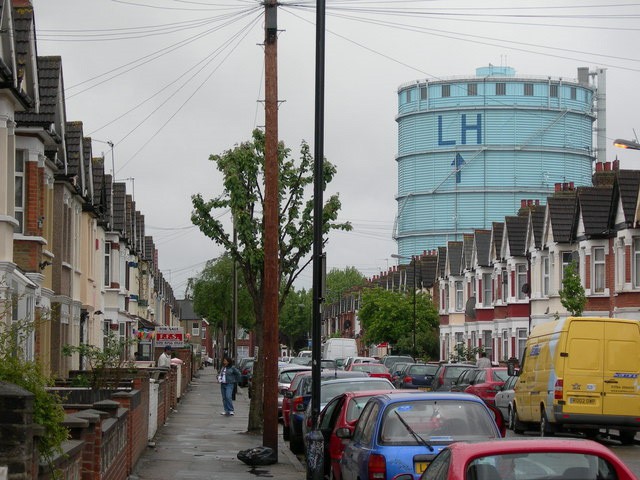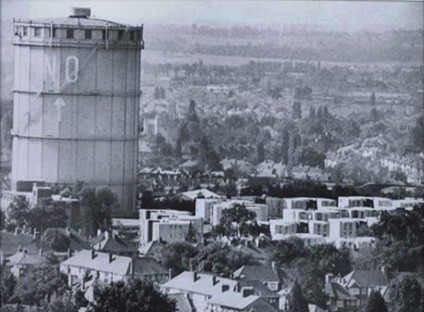from Dave Buckley
There are some members of this group who would probably remember my old boss at TV Training – John Symons. (He’s still going strong although his wife died last October).
John hailed from Cardiff, and during his teen years was the ‘mascot’, so to speak, of the Welsh OB unit, to the extent of going out with the unit and help with rigging etc.
On one OB from St.Helens cricket ground in Swansea, the OB lost the microwave link to Cardiff for a time during the afternoon. The link went across Swansea Bay towards Port Talbot, and John had a theory as to why the link went down. He explained this to the EM and said that he would make enquiries.
Subsequently he contacted the Steel Company of Wales at Port Talbot and asked if they had ‘blown’ one of their furnaces at the time the link went down. Yes was the reply. ‘Blowing’ a furnace produces clouds of effectively iron filings which then blocked the microwave link went went straight across the steel works!
Following Alasdair’s story about the two gas holders, I attach a page from the newsletter of the local aircraft museum here in Dumfries which I edit, on exactly this subject. Later, I used the article in another newsletter I edit for an organisation in Harrow.
A bit of extra info to the paragraph about the plane which landed on the Express Dairy’s building – I think the passengers included a BBC news film crew.
How not to land at the wrong airfield!
By Dave Buckley
Before my wife and I moved to Dumfries, we lived in Harrow, North West London. The back of our house looked onto the north flank of Harrow on the Hill which is 408 feet high. Above the roofs and trees on the hill, rises the spire of St.Mary’s Church which dates from the 11th Century. At its top a crown of four red warning lights, necessary due to the proximity of Northolt Aerodrome (ex-RAF Northolt).
On the west side of the churchyard is a viewing area complete with brass plaque with pointers showing what can be seen both locally and on the horizon, although due to the trees growing I doubt if much can be seen now. However, when clear you could see, to the right (north wards) Hemel Hempstead, Berkhamsted, straight ahead the Chiltern Hills towards High Wycombe, and to the south, Windsor Castle and aircraft taking off from London Heathrow. Oh, and two rather distinct gas holders, one at 10 or so miles away at Southall near Heathrow and the other about a mile away in South Harrow which was near Northolt Aerodrome. Both holders are no more, the South Harrow holder was demolished in a controlled explosion one Sunday morning in 1987, which caused much alarm among the local population who hadn’t been warned, while the one in Southall went a couple of years ago.
The proximity of the gas holders to Heathrow and Northolt caused problems for pilots flying into the two airports. On 25th October 1960, a Pan Am Boeing 707, heading for Heathrow, mistakenly landed at Northolt with forty-one passengers on board. A Lufthansa Boeing 707 also attempted to land at the station on 28th April 1964 but was dissuaded by a red signal flare fired by personnel from Air Traffic Control. In the days before navigational aids such as instrument landing systems (ILS) and the global positioning system (GPS) were available, the letters NO (for Northolt) and LH (for Heathrow) were painted on the respective gasometers.
Northolt also had a couple of unusual crashes – 1st June on 1960, an Avro Anson aircraft suffered engine failure soon after take-off from Northolt and crash- landed on top of the nearby Express Dairies plant in South Ruislip. There were no fatalities.
I remember this crash as at the time, I had Friday evening/Saturday job at a supermarket in Harrow which was owned by Express Dairies and the incident was covered in the company’s internal newspaper.
An earlier crash in 1946, also had the aircraft land up on a roof, this time a house in a local road. In this case a Railway Air Services Dakota (G-AGZA) was ready to depart from Northolt Aerodrome on a scheduled service to Renfrew (Glasgow) Airport on behalf of Scottish Airways and had a total of four crew and one passenger on board. It was a cold, snowy evening which had delayed the departure during which time the aircraft was de-iced. While the Dakota was waiting the temperature dropped and snow began falling which froze on the wings.
 On take-off the pilot noticed that when the aircraft lifted off, it could not gain any height. It was however too late to abort take-off so the crew was forced to try to get the aircraft to climb. The aircraft flew only a few metres high straight down Angus Drive from the end of the runway until the left wing contacted some rooftops and the aircraft slewed through 90 degrees and came to rest on the roofs of two houses at 44/46 Angus Drive in South Ruislip.
On take-off the pilot noticed that when the aircraft lifted off, it could not gain any height. It was however too late to abort take-off so the crew was forced to try to get the aircraft to climb. The aircraft flew only a few metres high straight down Angus Drive from the end of the runway until the left wing contacted some rooftops and the aircraft slewed through 90 degrees and came to rest on the roofs of two houses at 44/46 Angus Drive in South Ruislip.
Irene Zigmund and her 4-month old-son David were in 44 Angus Drive at the time, but the aircraft came to rest on the roof without even waking the child who was asleep in his cot upstairs. In fact no one was injured in the incident, the crew and passenger all descended into the loft, down the loft ladder onto the landing and then down stairs going out the front door. The aircraft was a total loss and the house was not greatly damaged.
The couple renting No.46 were due to be married two days later and had just moved their wedding gifts and furniture into the house. No windows were broken during the crash, but this couldn’t be said for when the aircraft was dragged off the roof! After the crash the house was named Dakota Rest.


Acknowledgements:
LH photo – Danny Robinson / CC BY-SA (creativecommons.org/licenses/by-sa/2.0) NO photo – southharrowthenandnow.co.uk Others sources – Wikipedia



